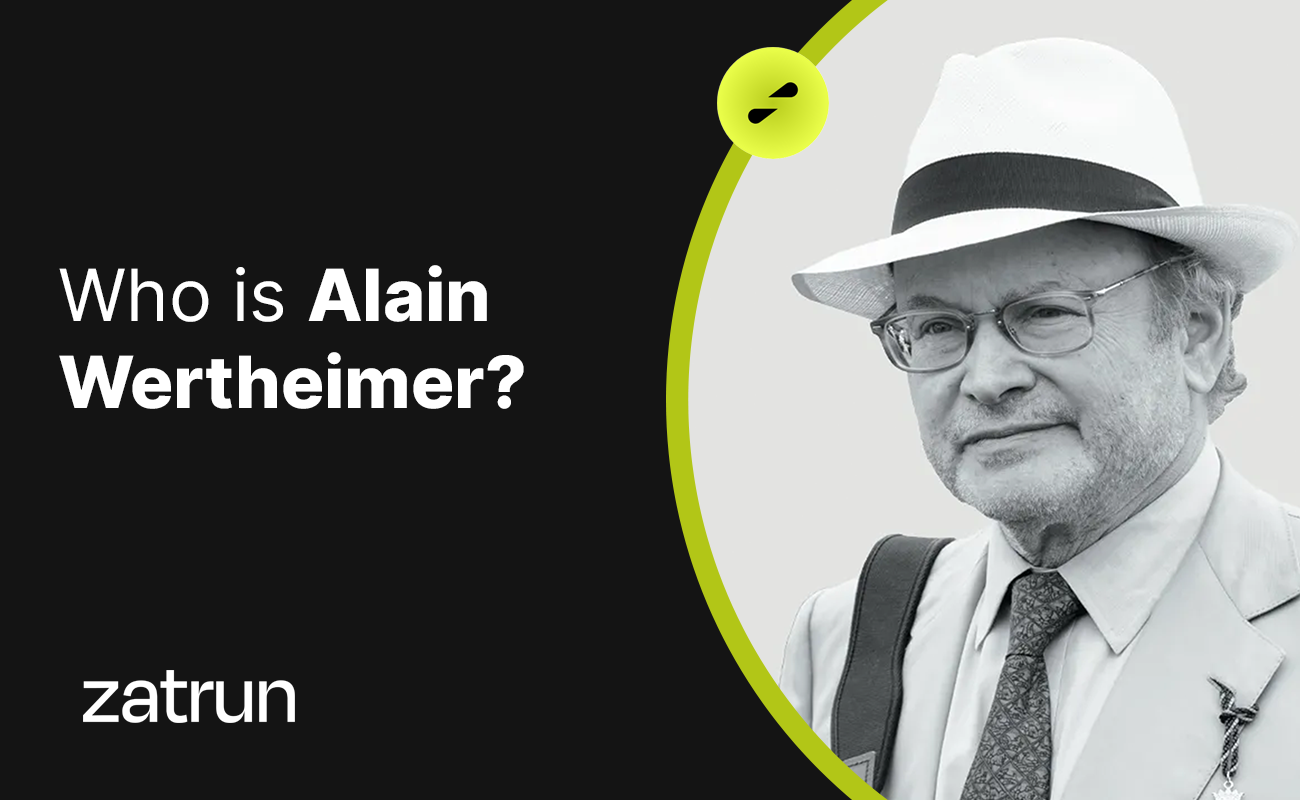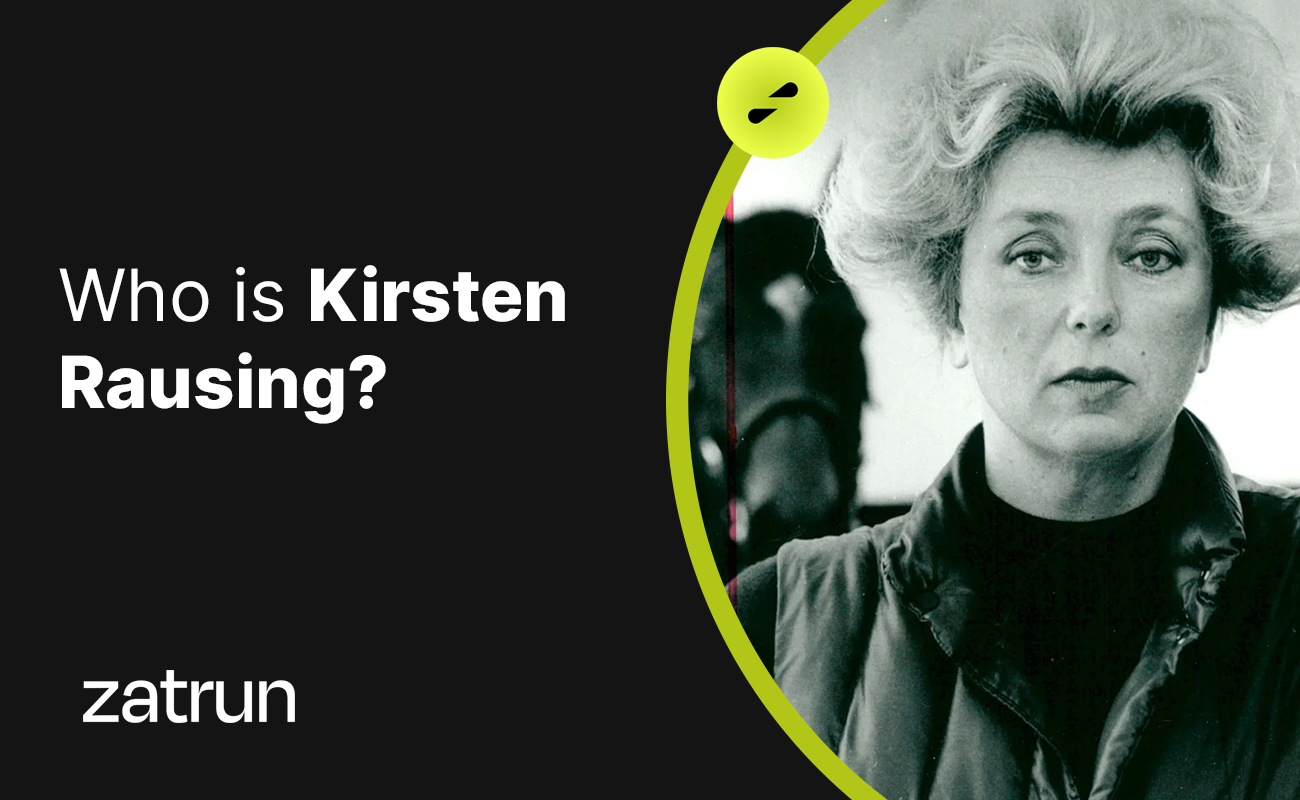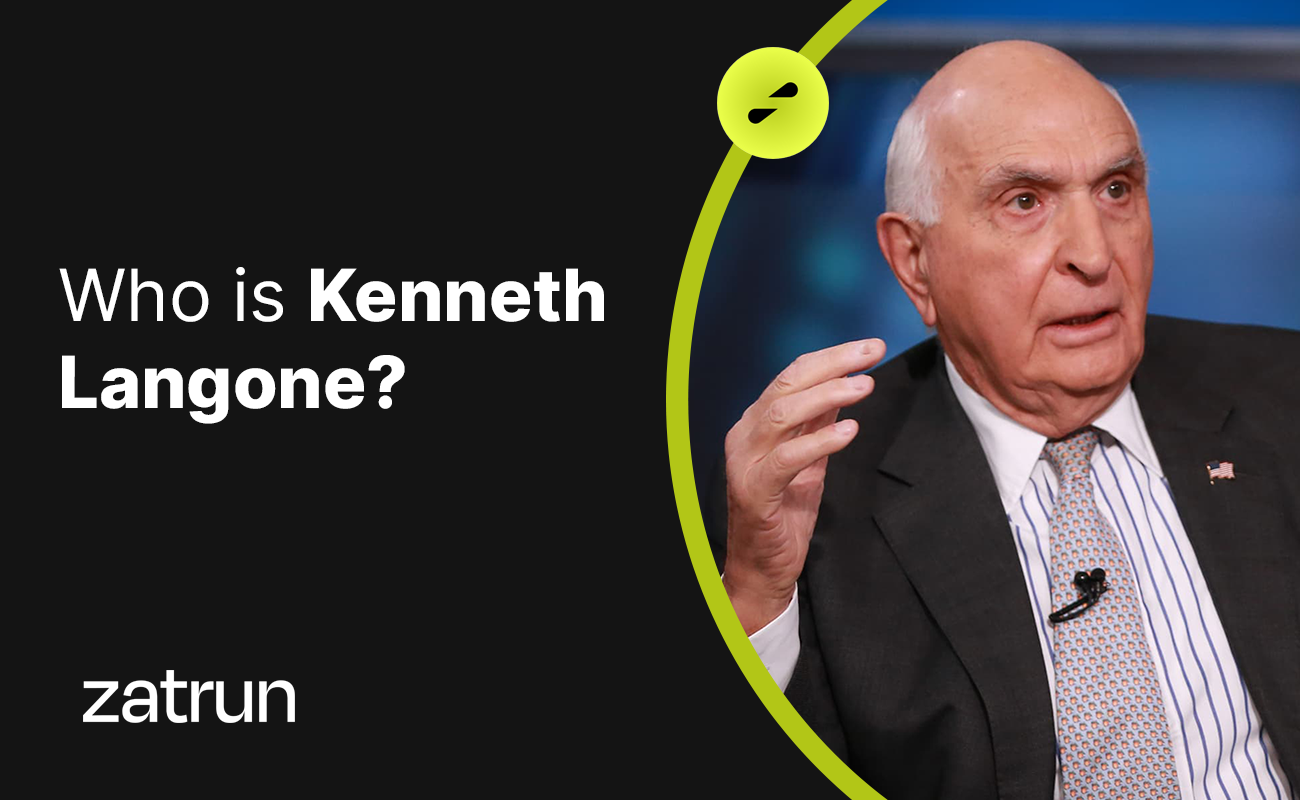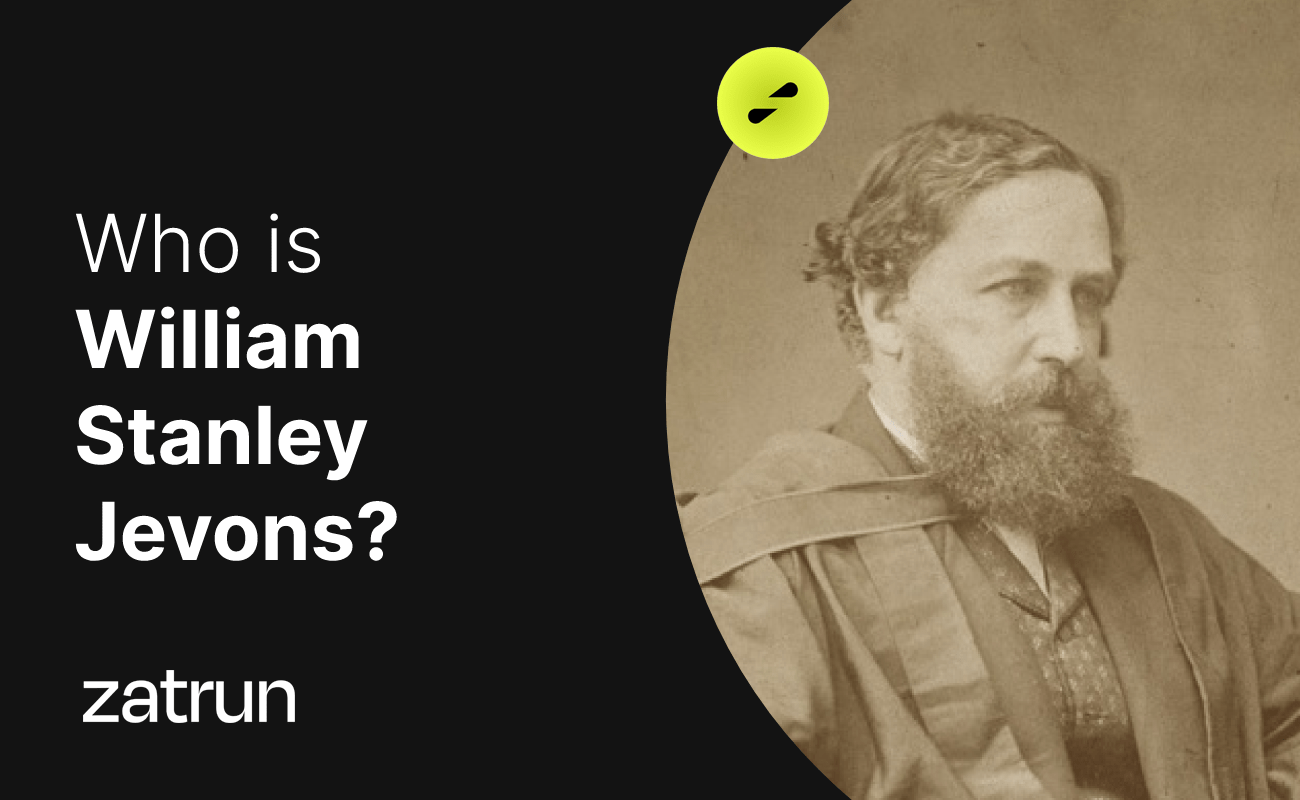In this article titled “John Hicks 101: The Influential Economist of His Time” on Zatrun.com, we will delve into everything you need to know about John Hicks, an influential economist of his time, that our readers are curious about.

Who is John Hicks?
John Hicks, born on April 8, 1904, is considered one of the most important and influential economists of the 20th century. Some of his most notable contributions include explaining the theory of consumer demand in microeconomics and summarizing the Keynesian macroeconomic view in the IS-LM model (1937). His book, Value and Capital (1939), significantly expanded general equilibrium and value theory. The demand function he proposed was named the Hicksian demand function in his honor. In 1972, he was awarded the Nobel Memorial Prize in Economic Sciences for his pioneering contributions to general equilibrium theory and welfare theory.
Born in Warwick, England, John Hicks was the son of a journalist father and a mother. He received his education at Clifton College (1917-1922) and Balliol College at Oxford University (1922-1926), which was financed by math scholarships. During his school days and his first year at Oxford, he specialized in mathematics, but he was also interested in literature and history. In 1923, he switched to Philosophy, Politics and Economics, a “new school” that had just started at Oxford. He graduated with second-class honors and noted that he had “no adequate competence in any of the subjects” he had learned.
Career Life:
From 1926 to 1935, Hicks taught at the London School of Economics and Political Science. He began as a labor economist, conducting descriptive studies of industrial relations, but gradually shifted towards the analytical side, with mathematics taking center stage once again. Among the people who influenced Hicks were Lionel Robbins and Friedrich von Hayek, R.G.D. Allen, Nicholas Kaldor, Abba Lerner, and Ursula Webb, the latter of whom became his wife in 1935.
He taught at Cambridge from 1935 to 1938 and was a member of Gonville & Caius College. The framework for his book, Value and Capital, was based on his earlier work in London. From 1938 to 1946, he was a professor at the University of Manchester, where he worked on social welfare economics for its application to social accounting. In 1946, he returned to Oxford, initially as a research fellow at Nuffield College (1946-1952), then as the Drummond Professor of Political Economy (1952-1965), and finally as a research fellow at All Souls College (1965-1971), continuing to write after retirement.

John Hicks and Economic Analysis:
The publication of “Wages Theory” in 1932, which is still considered a standard in the field, is a product of John Hicks’ early work in labor economics. In 1934, he and R.G.D. Allen published two important articles on value theory. Hicks’ most important work, “Value and Capital,” was published in 1939. The book introduced the distinction between the substitution effect and the income effect, which is now considered standard for the theory of sequential utility and demand for two goods.
The book brought together individual consumers and firms through the combination of demand and supply in the economy as a whole. The aggregation problem was particularly forecasted for the stock of capital goods. Hicks introduced general equilibrium theory topics to an English-speaking audience, developed the theory for dynamic analysis, and attempted to express general equilibrium situations in a rigorous way for the first time. In the analysis process, Hicks formalized comparative statics. In the same year, he also developed the “compensation” criterion known as Kaldor-Hicks efficiency for comparing alternative public policies or economic situations.
John Hicks’ most widespread contribution in macroeconomics is the Hicks-Hansen IS-LM model. This model formalized a interpretation of John Maynard Keynes’ theory (known as Keynesian economics) and defined the economy as a balance between three goods: money, consumption, and investment. Hicks himself slowly moved towards accepting the IS-LM formulation; in a paper published in 1980, he referred to this formulation as “classroom equipment.”












